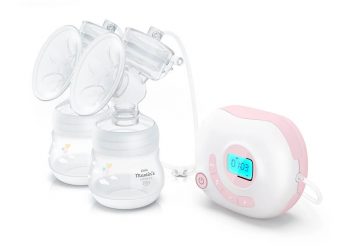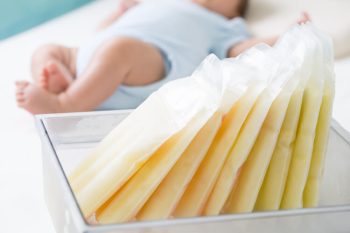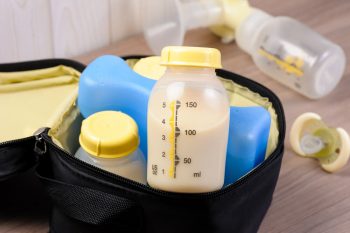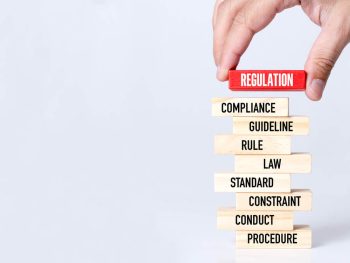As a nursing mother, you have probably heard horror stories of how stressful traveling via air can be when it comes to the rules for bringing breast milk on a plane.
Getting your liquid gold safely from one destination to another requires meticulous planning and preparation.
As you pack your bags, it is important to remember that there are guidelines that regulate the transportation of breast milk through the airport.
Strict adherence to these rules ensures that your breast milk makes it to your destination without any hassle.
This article will teach you the essential rules for bringing breast milk on a plane and provide you with the tips to make your travel experience a lot less stressful.
TSA guidelines for carrying breast milk on a plane
The TSA permits lactating mothers to carry their breast milk through the security checkpoint, regardless of the volume, as long as it is declared as such.
Any amount of breast milk and breastfeeding equipment, such as breast pumps, is allowed to be brought on board.

You will need to inform the TSA officer that you are carrying breast milk at the start of the screening process and are subjected to a thorough bag check.
Breast milk is also exempted from the 3.4 oz liquid limits for carry-ons.
Best practices for packing breast milk for the plane ride
Breast milk stored at room temperature must be carried in a sealed container (thermal or plastic) that prevents leaking.
If you are traveling with pump equipment, be sure to sanitize it before packing. Cooler bags with frozen breast milk must contain ice packs and should be placed in a sturdy sealed container.

You can also bring dry ice as long as it’s less than 5.5 pounds and in a well-ventilated package.
Be extra cautious to ensure that your milk is not exposed to air and handles it as gently as possible.
Tips to make traveling with breast milk easier
Carry more milk than you normally would in case of any unforeseen delays, cancellations, or lost luggage.
Bring extra bags, wipes, and sanitizers for cleaning and sterilizing your equipment and breast pump in between use.
To help ensure that your bags and cooler are quickly identified, place a label with your name and phone number or tape a luggage tag on the luggage or cooler.
Storing milk while on the plane
When you get to your seat, notify the flight attendant that you are carrying breast milk and ask if they can store it in the refrigerator.
However, keep in mind that not all flights have on-board refrigeration, and even if there is, the refrigerator may already be full.
If you cannot find space or refrigeration on board, keep your breast milk and cooler at your feet or stowed overhead if there is any space available.

Knowing your rights as a nursing mother
The right to breastfeed is protected by law, and it is important to remember that airports and airlines are under obligation to accommodate your needs as a nursing mother.
However, many mothers may still encounter a lack of support or knowledge about the guidelines.
It is essential to be confident and assertive in advocating for your rights, knowing the rules and regulations, and understanding your options, including filing complaints if necessary.

Traveling while breastfeeding comes with unique challenges, but it should not prevent you from making that trip.
By understanding the rules and guidelines for bringing breast milk on a plane, planning strategically, and knowing your rights, you can ensure a stress-free and safe trip for both you and your little one.
Remember to always inform the TSA officers that you are carrying breast milk and adhere to TSA’s specific guidelines while packing your milk for the journey.
Being prepared and confident will give you the peace of mind and comfort you need to enjoy your journey.


